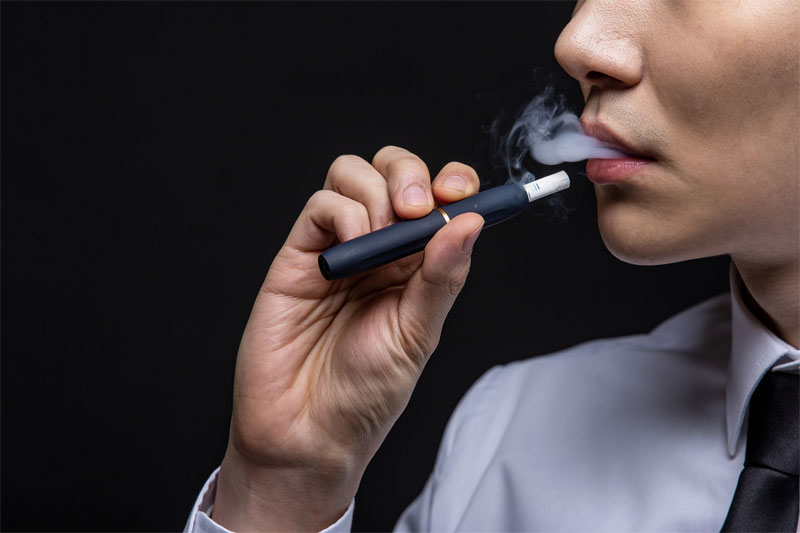
The journey of e-cigarettes in the United States is intriguing and multi-faceted, attracting the attention of researchers, policymakers, and consumers alike. These devices, which offer an alternative to traditional tobacco smoking, entered the American market around the early 2000s. However, it wasn’t until approximately 2010 that their popularity began to surge significantly. This increase marked the beginning of what could be termed a mainstream breakthrough, emphasizing the role of innovation, marketing strategies, and shifting consumer perceptions in this rapid rise.
Emergence and Initial Adoption
The initial adoption of e-cigarettes in the U.S. was largely influenced by the growing awareness of health issues associated with smoking. Early versions of e-cigarettes were marketed as a safer substitute for tobacco. Enthusiasts appreciated the ability to enjoy nicotine consumption without many of the harmful byproducts of traditional smoking, enticing a small yet discerning consumer base eager to experiment with what promised to be a healthier option. During this initial phase, niche markets formed, with products primarily available online and through specialized retailers.

Marketing and Expanding Reach
As e-cigarettes continued to evolve, their marketing campaigns grew more sophisticated. By 2014, a noticeable uptick in aggressive marketing efforts contributed to the devices becoming more mainstream. Companies strategically targeted younger demographics, presenting e-cigarettes as fashionable lifestyle accessories rather than merely cessation tools. This shift was marked by advertisements in media channels frequented by young adults, including social media platforms, which played a pivotal role in reaching and converting potential consumers.
Wide Array of Offerings
By the mid-2010s, the market saw a diversification of e-cigarette products. Innovations in design and technology allowed brands to offer varied flavors, catering to diverse consumer tastes. This variety was instrumental in attracting a broader audience, facilitating a shift from niche to more widespread usage. The flavor options, from fruity to savory, enticed users to explore and personalize their vaping experiences, further embedding e-cigarettes into mainstream culture.
Regulatory Impacts
The rise of e-cigarettes did not go without scrutiny. Concerns about health implications led to increased regulation and oversight. By 2016, significant regulatory changes were introduced, impacting both marketing practices and product accessibility. Despite these challenges, the e-cigarette market continued to thrive, partially due to committed consumer bases and ongoing innovation in product offerings.
Changing Perceptions
The growing popularity of e-cigarettes was also driven by changing perceptions of smoking-related health risks. Public campaigns highlighting the dangers of smoking pushed consumers towards alternatives. E-cigarettes gained favor for their perceived lower risk options. This shift in consumer behavior was bolstered by endorsements from influential public figures and the community of users who vocalized their positive experiences.
Conclusion
Today, e-cigarettes hold a significant place in the smoking industry. Their journey to mainstream acceptance is a blend of consumer demand, innovative marketing strategies, product evolution, and cultural shifts. As understanding and technology continue to develop, e-cigarettes may evolve even further, adapting to meet the demands of a changing landscape.
FAQs on E-cigarettes

Q: Are e-cigarettes safer than traditional cigarettes?
A: E-cigarettes are generally considered less harmful because they lack the tar and many carcinogens found in cigarette smoke. However, they are not entirely risk-free; ongoing research continues to better understand their long-term health impacts.
Q: Why did e-cigarettes become popular among young adults?
A: The popularity among young adults can be attributed to targeted marketing, appealing flavors, and the perception of being a safer alternative to smoking. Social media played a significant role in enhancing this trend.
Q: What are the different types of e-cigarettes available?
A: There are several types, including disposable and refillable devices, pod systems, and mods. These vary in design, functionality, and user experience catered to different preferences.